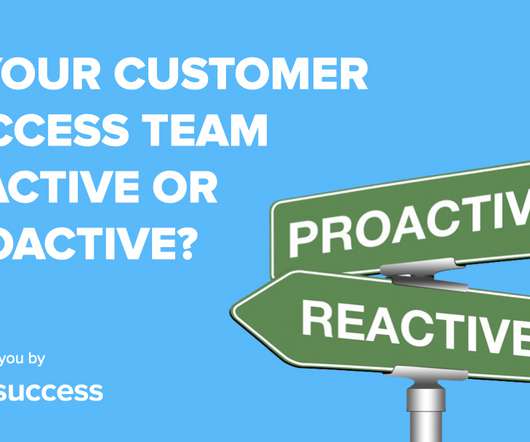Accelerating the Customer Experience post-COVID
Lumoa
AUGUST 23, 2021
Just like receiving a text message on your phone, tone allows for interpretation but being able to see facial expressions and read body language can relay a sense of competency and trust among customers. This statistic alone shows a significant shift in potential customer journeys.
















Let's personalize your content